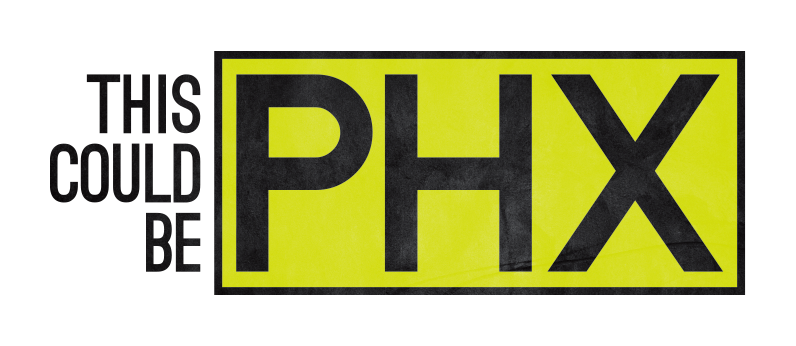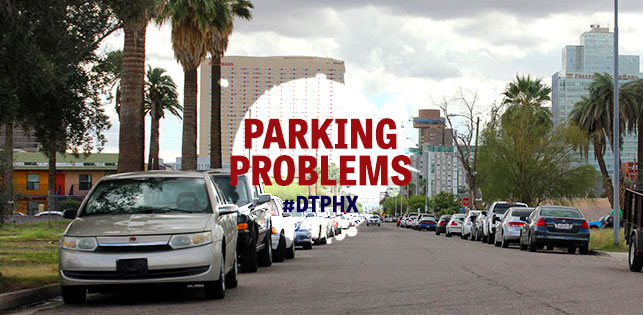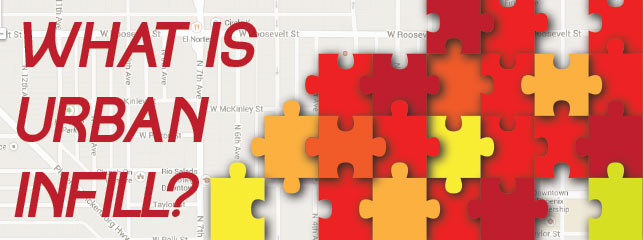31 Mar
Upcoming First Street Project Design Critique
On March 20 the city presented the design for the upcoming First Street Pedestrian Project to the neighborhood at the Irish Cultural Center. I was there with This Could Be PHX and other community advocates. What we saw was actually more disappointing than expected. All the feedback they were given over the past four years since the Fillmore-McKinley portion was completed was ignored. Our expectations that this “updated” McKinley-Moreland design would reflect at least SOME of that feedback were completely let down. Instead we saw the exact same design that they presented five years ago. I don’t know about you, but we've learned new and better ways of doing things over the past five years. So why hasn't the City and its consultants included them in the updated design? 08:00 / City Infrastructure






